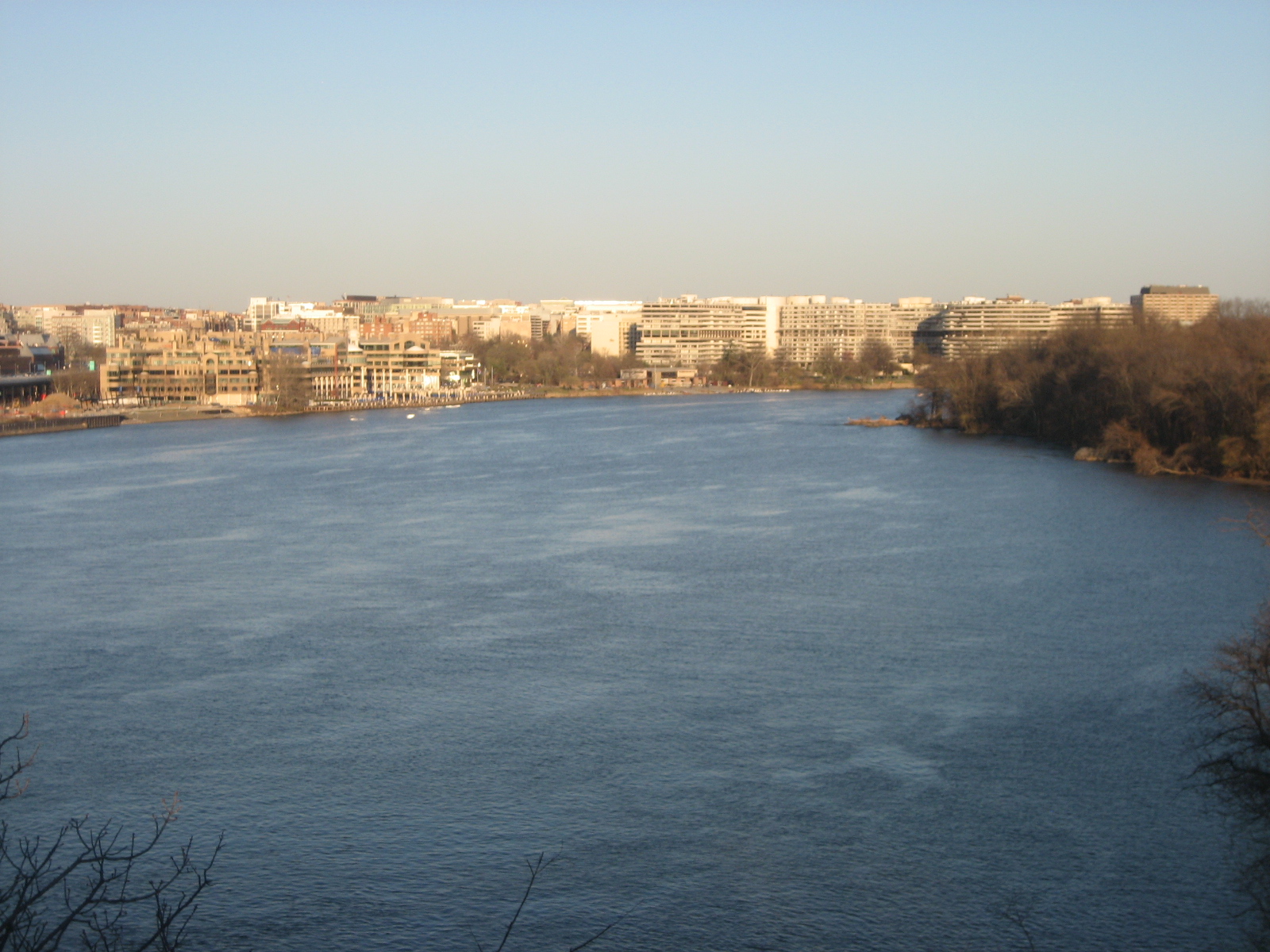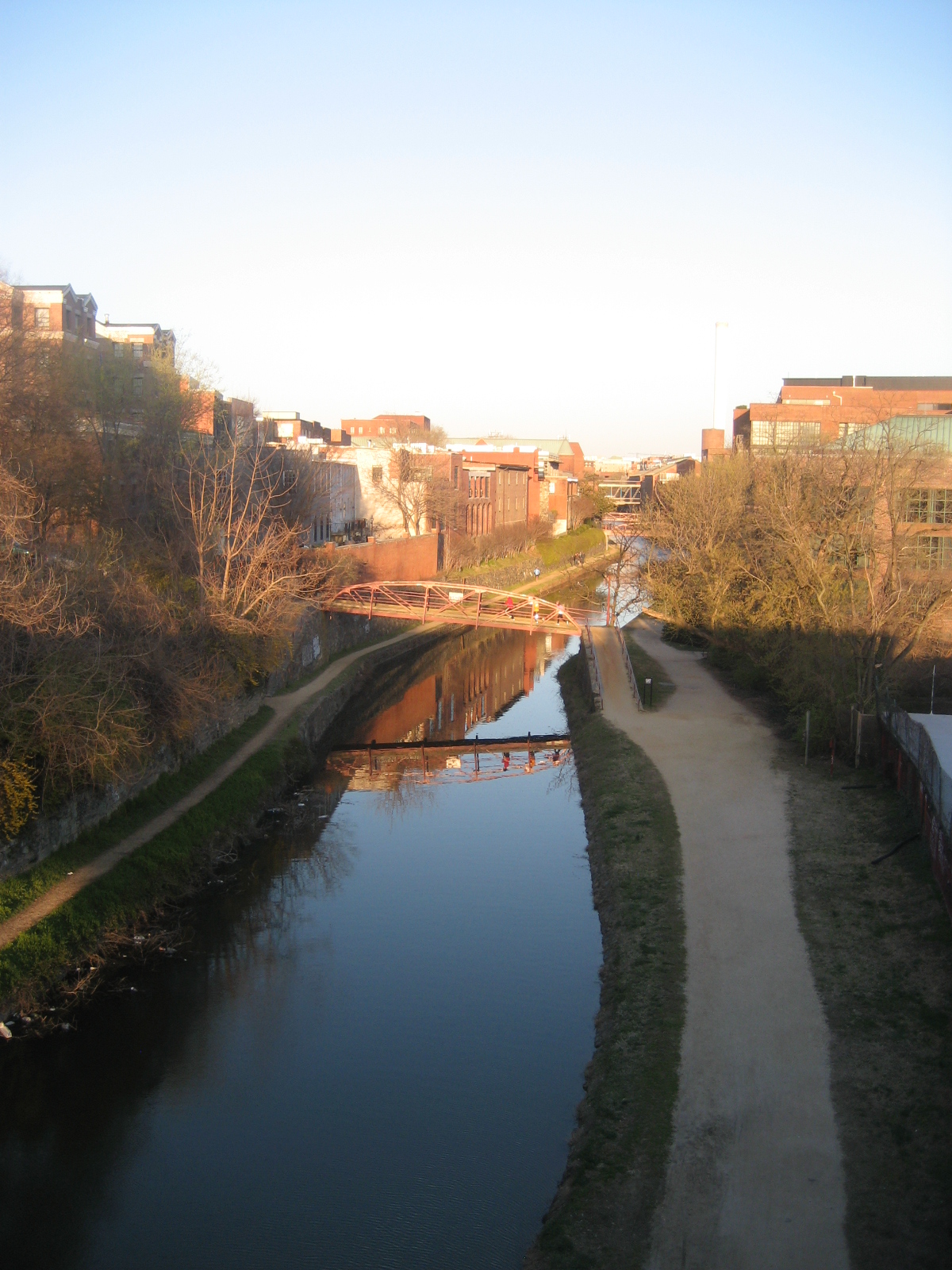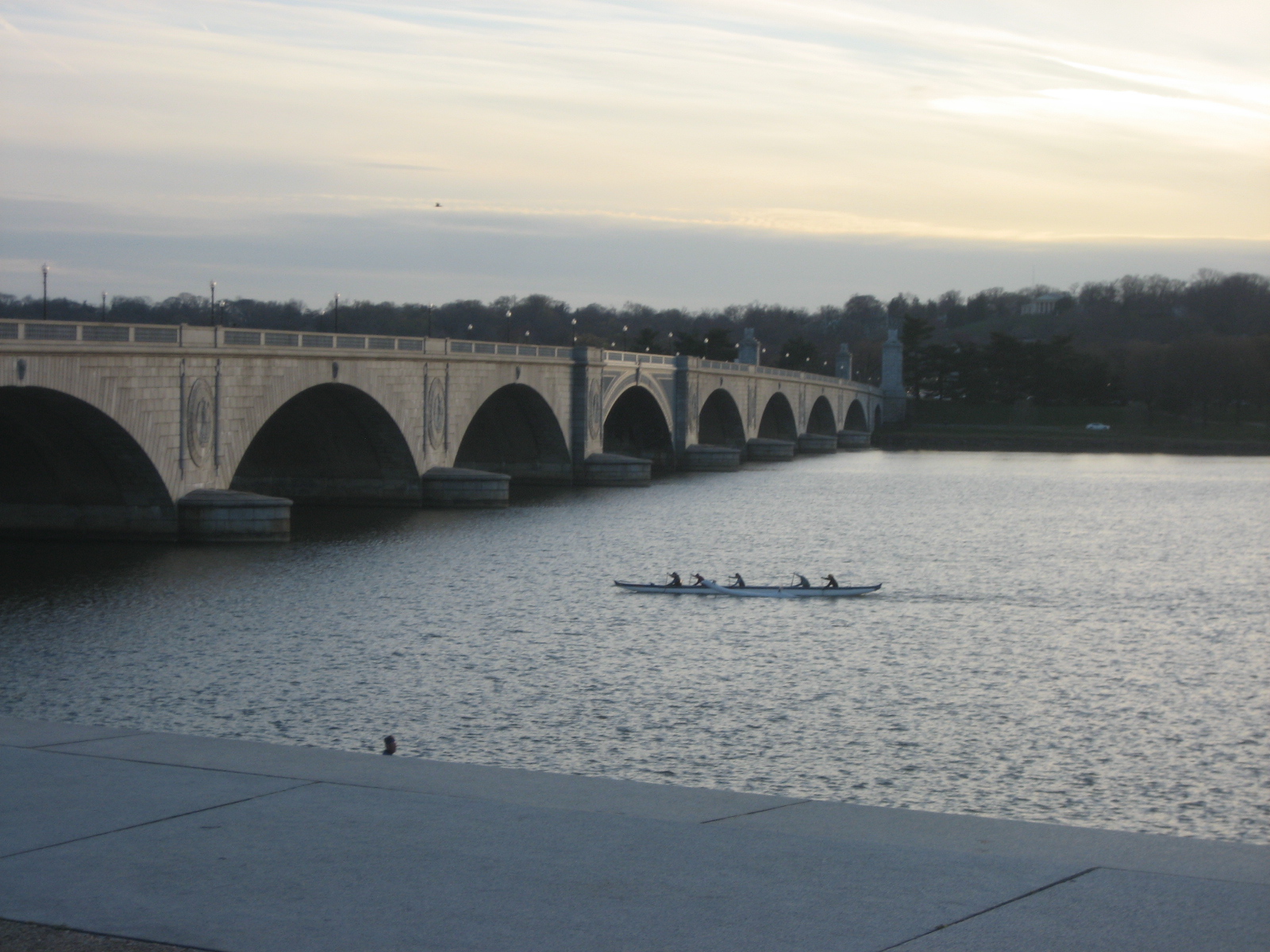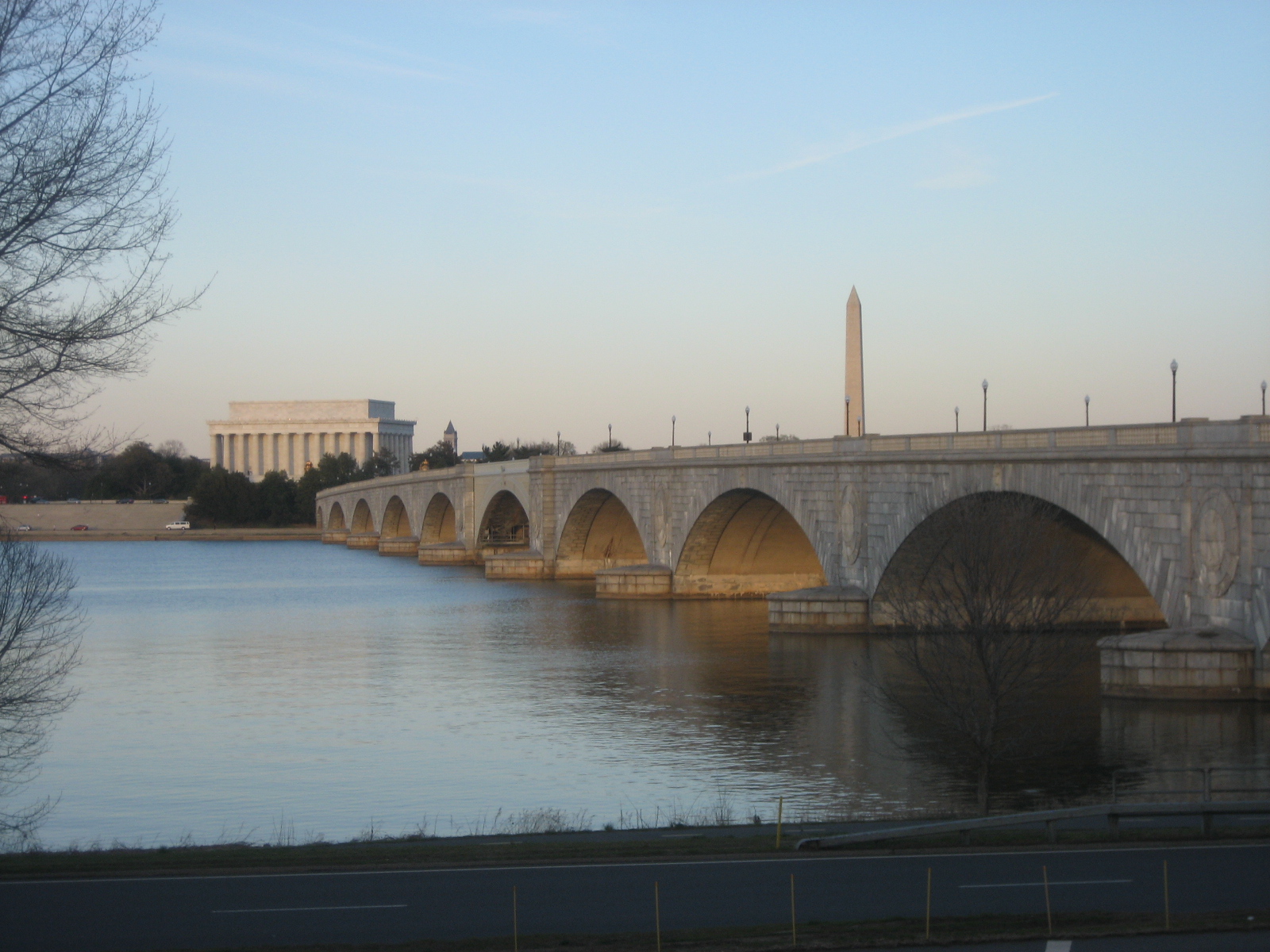One of the most important buildings in Washington, D.C. is the White House. That global symbol of the U.S. Presidency is indeed a big draw even if it is so inaccessible to most of us, the people. One can be forgiven for losing sight of what is around the White House as the draw is too strong. However, the square just across from its north side is an interesting place to explore of its own. The square, named Lafayette Square, is home to some of the oldest buildings in D.C.
Lafayette Square’s perimeter
Madison Place and Jackson Place bound Lafayette Square on the east and west sides, respectively. Furthermore, Pennsylvania Ave. and H St. bound it on the south and north sides, respectively. I used to work a block down from it and enjoyed eating my lunch there at times. For instance, like when it was not hot and humid, or bitterly cold. It was amazing to me that I would so casually get to sit and linger with a view of the White House!
As recently as the late 1990s, vehicles were able to go through that portion of Pennsylvania Avenue, just north of the White House. However, it is now pedestrian only which is quite alright with me. That security measure keeps tourists safe from being run over by a vehicle while absent-mindedly taking photos of the White House.
The buildings around the square were almost lost had it not been for some key people intervening, among them the First Lady at the time, Jacqueline Kennedy. The federal government had bought the land and was planning to demolish all the beautiful buildings around the square to build, guess what, likely-monstrous government buildings.
As a lover of history and architecture, I am thankful these buildings were preserved even if other work was done to adapt and “blend” them with the new buildings they were to connect to. Their existence helps capture how the areas near the White House likely looked in the late 19th and early 20th centuries. Thankfully, these buildings are protected now.
Jackson Place – on the western end of Lafayette Square
The White House actually owns most of the buildings on the western side of the square. These buildings serve different purposes such as a place for former Presidents to stay when they visit. The buildings have incredible pedigrees with past important and famous folks owning or staying in these places. Their style is quite distinct from those across the square in Madison Place.

Looking across Lafayette Square from Jackson Place towards Madison Place (National Courts is the big red building)
Decatur House on Jackson Place
The Decatur House on the corner of Jackson Place and H Street does deserve special mention. While it looks pretty plain from the outside, it is one of the oldest surviving homes in Washington, D.C. having been built in 1818.
The Decatur House was built for a naval hero named Stephen Decatur who fought in naval wars in North Africa, in the War of 1812, and others. Other illustrious Americans like Henry Clay and Martin Van Buren subsequently lived in the house. Beyond those famous folks and more sadly, slaves lived in the structure behind it. The Decatur House is one of the few examples of slave quarters in an urban area that remains.
Though I worked literally a short block away, I never visited it – crazy, huh?
Madison Place – on the eastern end of Lafayette Square
The buildings along Madison Place have more charming façades than those on Jackson Place. These buildings were adapted to fit in with the new National Courts Building (the big red monster behind them in the photo). Actually the National Courts Building was designed to not take attention away from the old buildings by being built tall and just pretty much red bricks. I have to agree that it does meet that objective as it helps frame them.
The one on the corner with H Street, the Cutts-Madison mansion, was First Lady’s Dolley Madison’s residence until she died in 1849. The house was built in 1819. Later owners modified it. For instance, they switched the front door to H Street in the mid 1800s from facing Madison Place.

Dolley Madison’s home with the National Courts Building behind it. To its right, the Cosmos Club Building.
Other buildings on this street include the Cosmos Club Building and the Benjamin Ogle Tayloe House. The latter was built in the 1820s back when this area was still mainly trees and shrubs. It almost became the official residence of the Vice President of the U.S. Additionally, for three years in the late 1950 and early 1960s, it served as the headquarters of NASA. Who knew.
H Street – the northern side of Lafayette Square
Next, the northern side of the square. This side of the street currently houses the U. S. Chamber of Commerce and the Hay-Adams Hotel. Regrettably, the U.S. Chamber of Commerce was built in government style in the 1920s. In any case, the north side used to have houses as Madison Place and Jackson Place have. Unfortunately, those houses disappeared much earlier in the 20th century. Perhaps, people then were not inclined to think about heritage preservation. Lost in that shuffle were the Corcoran House and the Hay-Adams Houses.
Thankfully, the are some good news on the northern side. The “Church of Presidents,” St. John’s Episcopal Church is still there. It gets its nickname because every President since Madison has attended service there, even if not regularly. The church was built in 1816 and it is a gem.
Next time you are in D.C. gawking at the White House, take a moment to stroll around Lafayette Square. Take a peek at these buildings that take us back in the capital’s history.
Where to stay near Lafayette Square
D.C. has plenty of hotels. Some are far out and some are right in the heart of the city. Of course, the price point will vary accordingly though sometimes one can find a great deal. Conversely, some times of the year, it almost does not matter where you stay: prices will be high. For example, when the cherry blossoms bloom in the spring.
Fortunately, on this visit, I got to stay at one very close to the square: the aptly named Sofitel Lafayette. It is just a block away on H St. and it is perfect as a base to visit the square and many other places in D.C. Only the Hay-Adams Hotel is closer to the Square but the price difference is huge! I sampled a couple of the specialty cocktails at Le Bar, where they have an incredible diversity of specialty cocktails. And a very nice wine list too!
On the day of departure, I splurged and got an incredible breakfast of smoked salmon pair with a café au lait, and a side of a pain au chocolat 🙂
That was a great way to wrap up my visit to one of my favorite cities in the world!
As you may detect, I enjoy history and architecture – and a trip down memory lane, even if not mine. Hopefully, you too will enjoy taking it slow and exploring Lafayette Square!
——————————————————————–
Have you visited D.C. and explored Lafayette Square? Are there similar places in your hometown that help portray its history?
Here are other posts from my time spent working in and traveling to Washington, D.C.:
- A Historical Landmark Welcomes Me in Washington, D.C.
- Photo of the Week: A Storm over Washington, D.C.
- Running to Explore Washington, D.C.
- Top 6 Reasons Why It Is Hard to Break Up with Washington, D.C.
And here is a link on how to do a tour of the White House, since it is right by Lafayette Square 🙂
Pin the image below as you plan a visit to the U.S. capital!



















































































































